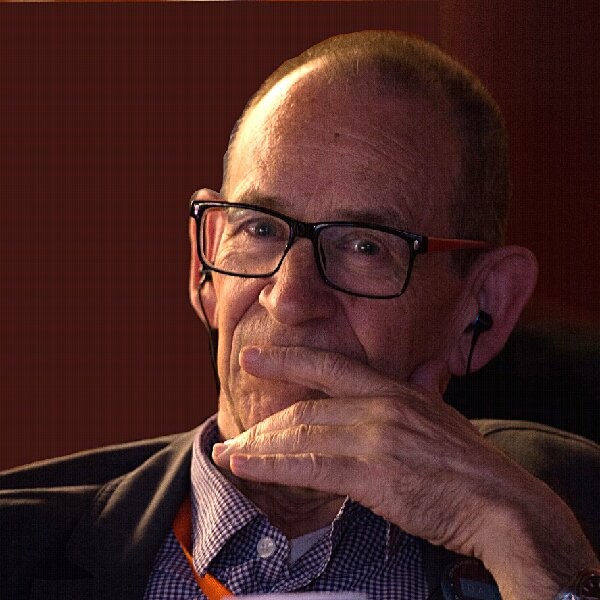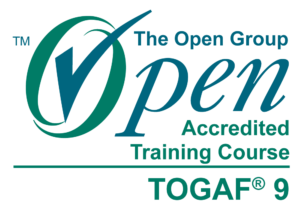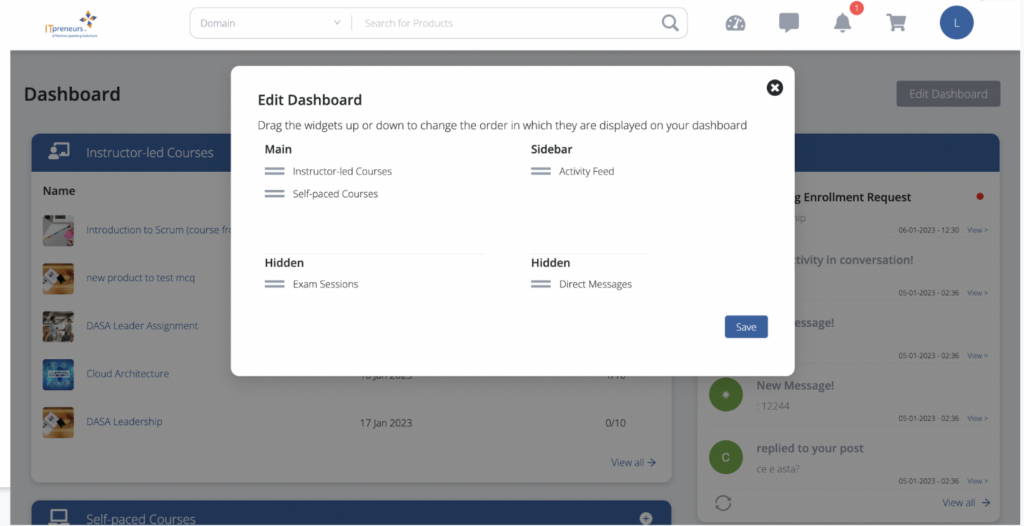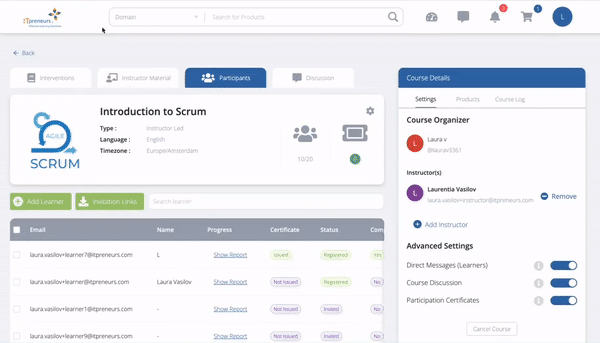Somebody recently commented that architects are the “brakes” of an enterprise. They often seem to come up with reasons why something shouldn’t be done. But, just think about the function of a car’s brakes. They enable the car to travel faster and safer…
This article compares the scope and perspective of the TOGAF® 9 and the BiSL® frameworks, showing how your clients can use the frameworks in conjunction to assure that business information management processes are executed effectively and efficiently.
TOGAF Meets BiSL
TOGAF 9 is an architecture framework developed and maintained by The Open Group Architecture Framework. It is a tool for assisting in the acceptance, production, use, and maintenance of architectures. It is based on an iterative process model supported by best practices and a reusable set of architectural assets. TOGAF 9 helps business units and IT departments with the architecture of the business, information, applications and technology. TOGAF 9 describes the world in terms of Business Architecture, Information System Architecture (subdivided into Data Architecture and Application Architecture) and Technology Architecture. The term “Enterprise Architecture” is used to denote all of the above-mentioned architectures, when they are in harmony with each other and the enterprise’s goals. And the term “Data Architecture” is the most relevant architecture for this article.
BiSL, the Business Information Services Library, helps business units with the management of information and IT, from a demand and use perspective. BiSL comprises a process framework and examples (best practices) of how organizations have used the framework, and guidance on how to translate the model and best practices into an organization-specific way of working. The BiSL framework is structured in 23 processes describing strategic, management and operational activities related to Business Information Management. Business Information Management refers to the demand and use of information and related technology, not supplying IT services. Demand and use are the business’ responsibility, as opposed to the responsibility of the IT department.
The Trouble with Frameworks
The trouble with frameworks is that they eventually find that their reach exceeds their grasp. In other words, experts start off by describing their core domain, and then in subsequent versions of the framework, expand the scope to include related domains. While valuable for providing insight into the broader “ecosystem”, the guidance is never as detailed and credible as guidance provided by the originating frameworks.
Such is the case with BiSL and TOGAF 9. Although TOGAF’s reach addresses the business, information and IT, its core competence focuses on information, IT and architecture, rather than design. BiSL’s reach covers the entire information domain, including architecture, while its core guidance is about design, realization, implementation, operations and support.
TOGAF 9 complements BiSL with detailed guidance for information (and data) architecture. Most BiSL practitioners are generally not directly involved in the creation of architecture, yet TOGAF 9 gives them insight into this domain and how it is related to the other architectural domains across the whole enterprise. Conversely, BiSL complements TOGAF 9 with guidance as to how to execute the non-architectural lifecycle phases. While architects are generally not directly involved in the execution of these phases, BiSL gives them insight into the activities that are informed and directed by the information architecture.
TOGAF and BiSL: Better together?
So, here we have two frameworks with differing approaches. The architect looks at the world through the architect’s glasses and in doing so, shows others what he considers to be important. The information manager does the same. Practitioners who recognize, respect and integrate these differing perspectives are better equipped to function in a multi-disciplinary world than framework fundamentalists who insist that their point of view is the one and only truth. It’s not that one model describes the world better than the other, it just does it from another perspective.
By advising your clients to adopt and adapt TOGAF and BiSL in conjunction, you help them invest wisely in these frameworks and create a way of working that supports their specific organization and needs.
More information on the TOGAF courses is available in the ITpreneurs Course Catalog.
Need more information? Please contact ITpreneurs.
About the author

Mark is an IT Management Consultant at Smalley.IT and Delivery Partner for GamingWorks’ The Phoenix Project and MarsLander business simulations.
He is a contributor to bodies of knowledge such as ASL, BiSL, BRM, COBIT, DevOps, IT4IT, ITIL, and VeriSM. He is Lead Editor of ITIL 4 High Velocity IT. Mark has lectured at various universities and has spoken at hundreds of events in more than thirty countries.




